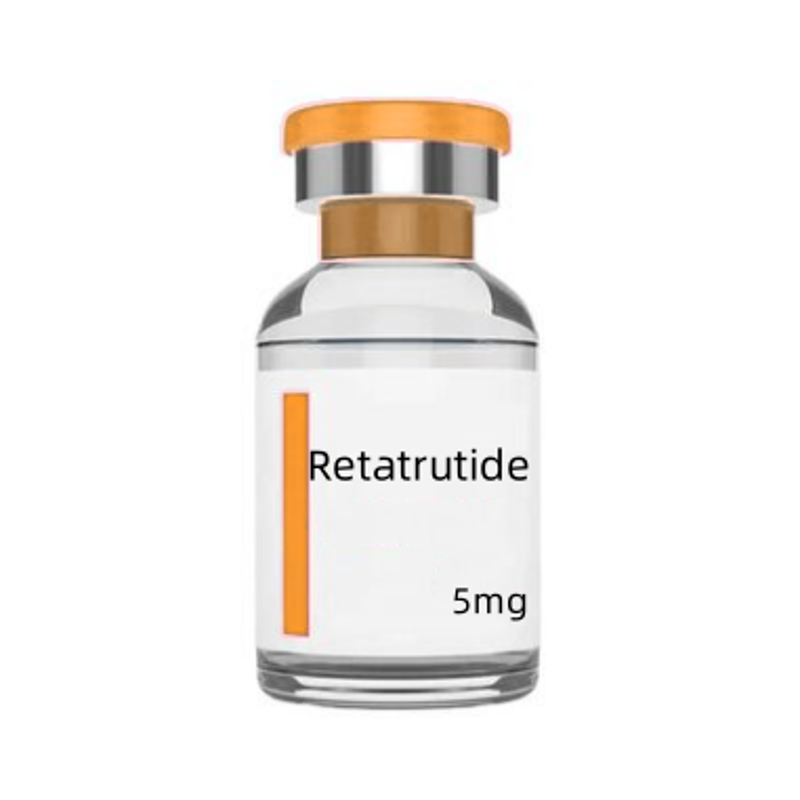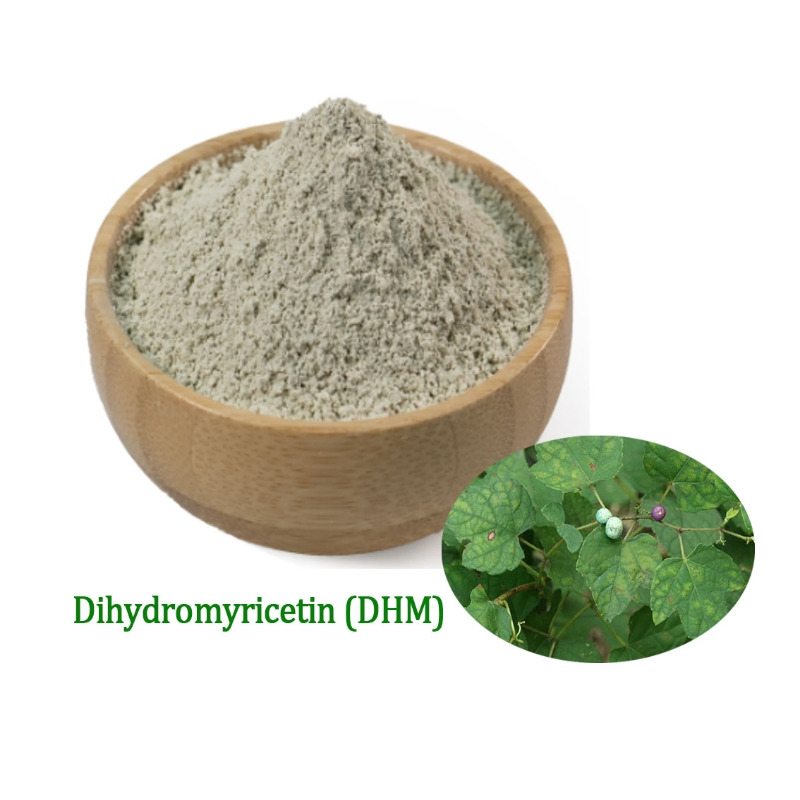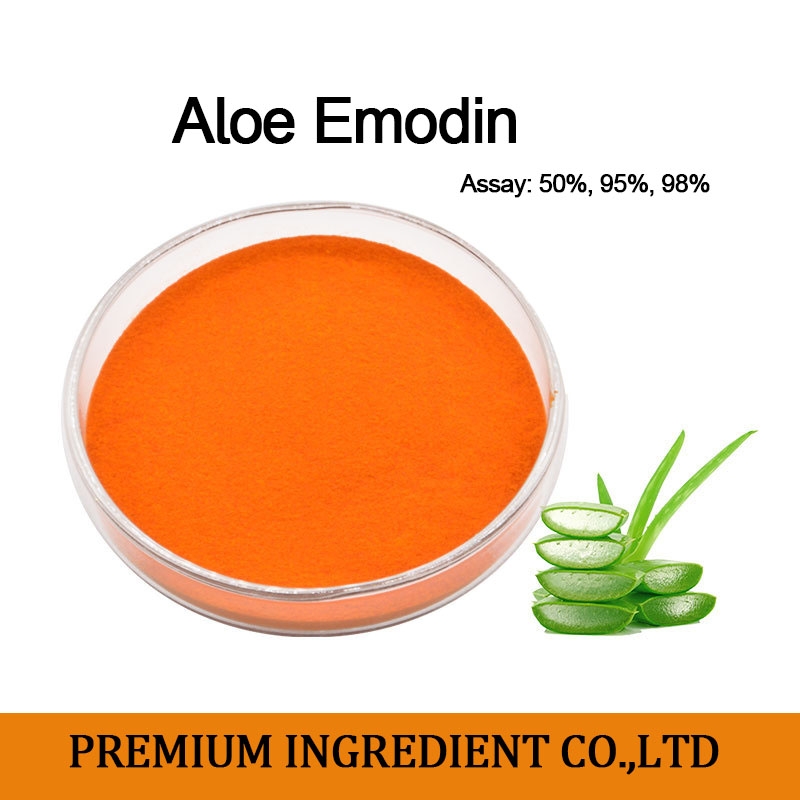-
Quantifying Alternatively Spliced mRNA via Capillary Electrophoresis
Time of Update: 2020-11-19
BecauseRPS4 expression levels are very low and the pattern ofRPS4 splicing is complex, existing mRNA quantification methods were not adequate.
This method is especially suitable for quantification of alternative transcripts of low-expressed genes exhibiting complex splicing patterns.
-
Optimal Design of Isotope Labeling Experiments
Time of Update: 2020-11-19
An optimal label design for such an experiment is necessary to maximize the precision with which fluxes can be determined.
Optimal label design is the placement of the lamp; creating clear shadows for some parts of metabolism and obscuring others.
-
Use of Statistics in Plant Biotechnology
Time of Update: 2020-11-19
Statistics and experimental design are important tools for the plant biotechnologist and should be used when planning and conducting experiments as well as during the analysis and interpretation of r
-
Metabolomics for Salinity Research
Time of Update: 2020-11-19
Many species have evolved highly efficient strategies to sense, transduce, and build up tolerance to high salinity and even sensitive species have endogenous mechanism for coping with this stress.
These underlying physiological and metabolic mechanisms can be unraveled using metabolomics.
-
The Phytoplasmas: An Introduction
Time of Update: 2020-11-19
This volume of “Methods in Molecular Biology” entitled “Phytoplasmas: Methods and Protocols” aims to provide a broad range of protocols for working with this group of plant pathogens. In this first c
-
Bottle orchid
Time of Update: 2020-11-19
wine bottle orchid plant height of up to 10 meters, stem upright, the lower fat, shaped like a bottle; Leaf line, full edge or thin tooth edge, soft drooping, flowering white.
Prune old leaves frequently to promote plant height.
Sexual high temperature drought-tolerant, fertility temperature 20 to 28 degrees C .
-
Studying Chloroplast Protein Interactions In Vitro: An Overview of the Available Methods
Time of Update: 2020-11-19
A large variety of methods are available, which range from qualitative assays allowing for screening for new interaction partners, and semiquantitative assays allowing for a rough description of the interaction between two partners, to quantitative assays that permit detailed determination of kinetic and thermodynamic parameters.
-
Using Transposons for Genetic Mosaic Analysis of Plant Development
Time of Update: 2020-11-19
These include fate mapping through analysis of marked clonal lineages, analyzing cell or tissue interactions such as the induction of developmental events, and analyzing whether a gene acts cell autonomously.
Transposons have also been cleverly engineered to allow the generation of marked somatic sectors, sometimes in controlled ways.
-
Production of Seed Samples for the Effective Molecular Analysis of Dormancy Cycling in Arabidopsis
Time of Update: 2020-11-19
Most often, the samples used for molecular analysis of dormancy are populations of seeds.
For these and other reasons, production of appropriate and adequately characterized seed samples is the key to the correct and most informative interpretation of molecular studies.
-
In Vivo 1H-NMR Microimaging During Seed Imbibition, Germination, and Early Growth
Time of Update: 2020-11-19
We have shown that high-resolution1 H-nuclear magnetic resonance ( NMR ) microimaging can provide a wealth of information about the internal anatomy of plant seeds as small as 1 mm or even smaller.
-
An Array Platform for Identification of Stress-Responsive MicroRNAs in Plants
Time of Update: 2020-11-19
MicroRNAs (miRNAs) are approximately 22-nucleotide (nt)-long non-coding RNAs that play a key role in plant development and abiotic stresses.
In this chapter, we describe a protocol for developing the miRNA array platform, which can be used to identify stress-responsive miRNAs in diverse plant species.
-
Formation of Cellulose-Based Composites with Hemicelluloses and Pectins Using Gluconacetobacter Fermentation
Time of Update: 2020-11-19
Through fermentation ofGa. xylinus in media containing cell wall polysaccharides from the hemicellulose and/or pectin families, composites with cellulose can be produced.
By studying structure/property relationships of cellulose composites, the effects of defined hemicellulose and/or pectin polysaccharide structures can be investigated.
-
Cotton (Gossypium)
Time of Update: 2020-11-19
(cotton bell) egg shape, 3.5 to 5 cm long, seed skin formed long cotton hair and gray-white cinder hair.
Cotton fiber is an excellent textile raw material, seed oil content of about 40%, oil for medicinal use of milking.
-
Organophosphorus Hydrolase: A Multifaceted Plant Genetic Marker Which Is Selectable, Scorable, and Quantifiable in Whole Seed
Time of Update: 2020-11-19
Organophosphorus hydrolase (OPH, EC 3.1.8.1) provides a novel function as an alternative genetic marker system for use in many types of plant transformations.
-
Magnolia
Time of Update: 2020-11-19
Sub-plants, spring and autumn can be carried out, dig out the thick branches of the mother plant, and prune the root system and short branches.
Cultivation: can be carried out in autumn or early spring before flowering, seedlings with mud stains, seedlings must bring soil balls.
-
Analysis of Rice Proteins Using SDS-PAGE Shotgun Proteomics
Time of Update: 2020-11-19
In this chapter we describe the workflow used in our laboratory to analyze rice leaf samples using label-free shotgun proteomics based onSDS -PAGE fractionation of proteins.
Rice proteomics has benefitted substantially from successful execution of shotgun proteomics techniques.
-
The Detection of Neomycin Phosphotransferase Activity in Plant Extracts
Time of Update: 2020-11-19
Therefore, assays specific for neomycin phosphotransferase require a protein separation prior to the reaction and/or a separation of the reaction products.
Immunopurification of the NPTII enzyme ( 10 ) makes the assay sensitive and specific, but requires some additional handling and expensive chemicals.
-
Methods for Engineering Resistance to Plant Viruses
Time of Update: 2020-11-19
For plant RNA viruses, virus complementaryDNA sequences shown to confer resistance include wild-type genes, mutated genes that produced truncated protein products, and nontranslatable sense or antisense transcripts to various regions of the virus genome.
-
Microbial Expression of Alkaloid Biosynthetic Enzymes for Characterization of Their Properties
Time of Update: 2020-11-19
Here we describe protocols for expressing some biosynthetic enzymes inEscherichia coli expression systems, since this system is both efficient and cost-effective.
coli in an active soluble form with N-terminal modification is discussed, since P450 is the critical enzyme in secondary metabolite biosynthesis.
-
Potential Benefits of the Transgenic Control of Plant Viruses in the United Kingdom
Time of Update: 2020-11-19
Many of the potential benefits are self-evident and relate to improved disease control, but others are less so and arise from such indirect effects as reductions in insecticide usage for the control of insect transmitted viruses.







